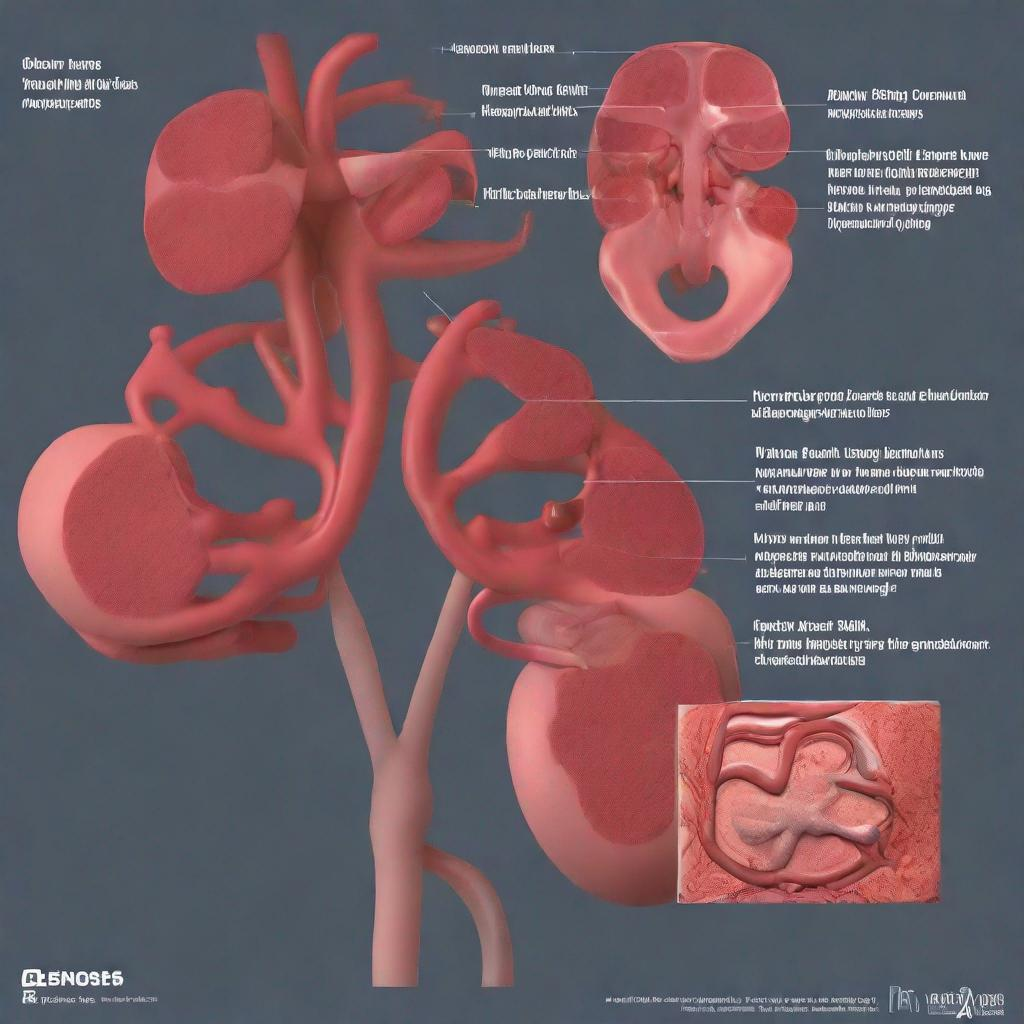## Digital Rectal Examination: A Comprehensive Guide
### Introduction
A digital rectal examination (DRE) is a medical procedure used to evaluate the health of the prostate gland and rectum. It is commonly performed during routine physical examinations and is crucial for diagnosing various conditions.
### Procedure
During a DRE, a doctor, usually a urologist or primary care physician, inserts a lubricated, gloved finger into the rectum. The doctor will gently palpate the prostate gland, which surrounds the urethra, to assess its size, shape, and consistency. They will also examine the rectal wall and surrounding tissues for any abnormalities or masses.
### Diagnosis
A DRE can help diagnose the following conditions:
– **Prostate cancer:** Detects abnormal growths or changes in the prostate’s texture.
– **Benign prostatic hyperplasia (BPH):** Enlargement of the prostate gland.
– **Hemorrhoids:** Swollen veins in or around the anus.
– **Rectal prolapse:** Protrusion of the rectum through the anus.
– **Constipation:** Fecal impaction or other obstructions.
– **Inflammatory bowel disease (IBD):** Conditions that cause inflammation of the digestive tract, including ulcerative colitis and Crohn’s disease.
### Importance
A DRE is an essential test for detecting prostate cancer, one of the most common cancers among men. It allows doctors to evaluate the prostate’s health, identify abnormalities early on, and monitor treatment progress. DRE is also valuable for diagnosing other rectal and anal conditions that can affect overall well-being and quality of life.
### Alternatives
While a DRE is a commonly used procedure, alternative tests may be necessary in some cases. These include:
– **Transrectal ultrasound (TRUS):** An ultrasound exam that provides detailed images of the prostate gland.
– **Prostate-specific antigen (PSA) test:** A blood test that measures the level of a protein produced by the prostate gland.
– **MRI or CT scan:** Imaging tests that can visualize the prostate and surrounding structures.
### Preparation
Before a DRE, patients may be asked to:
– Empty their bowels
– Take an over-the-counter laxative if necessary
– Wear comfortable clothing
### Duration
A DRE typically takes a few minutes to complete. Results are usually available immediately after the examination.
### Recommendations
In conjunction with or following a DRE, your doctor may recommend:
– **Bloodwork:** To screen for prostate cancer or other conditions.
– **Cystoscopy:** A procedure that examines the urethra and bladder.
– **Colonoscopy:** A procedure that examines the colon and rectum.
By undergoing a DRE and any recommended follow-up tests, you can ensure that your prostate and rectum are healthy and that any potential medical issues are identified and addressed promptly.



